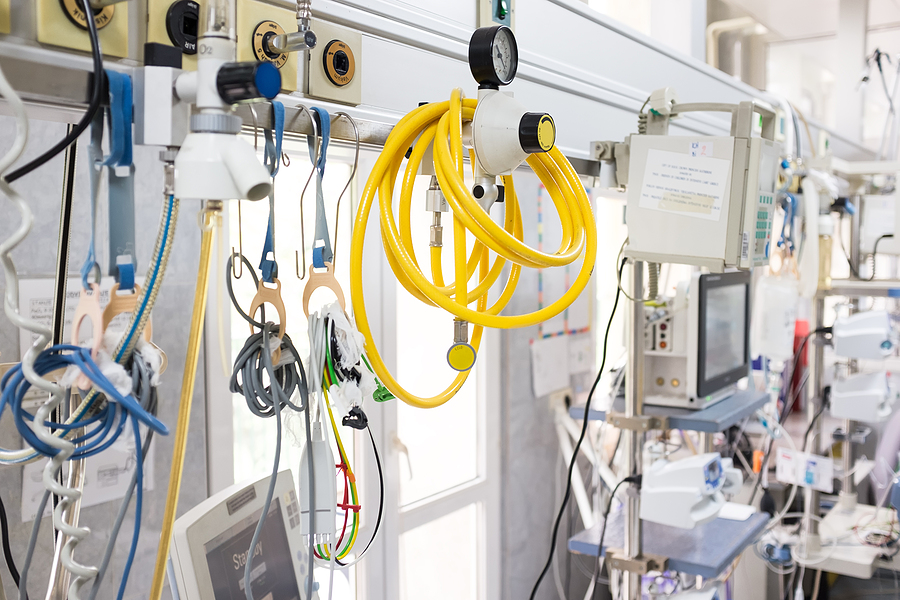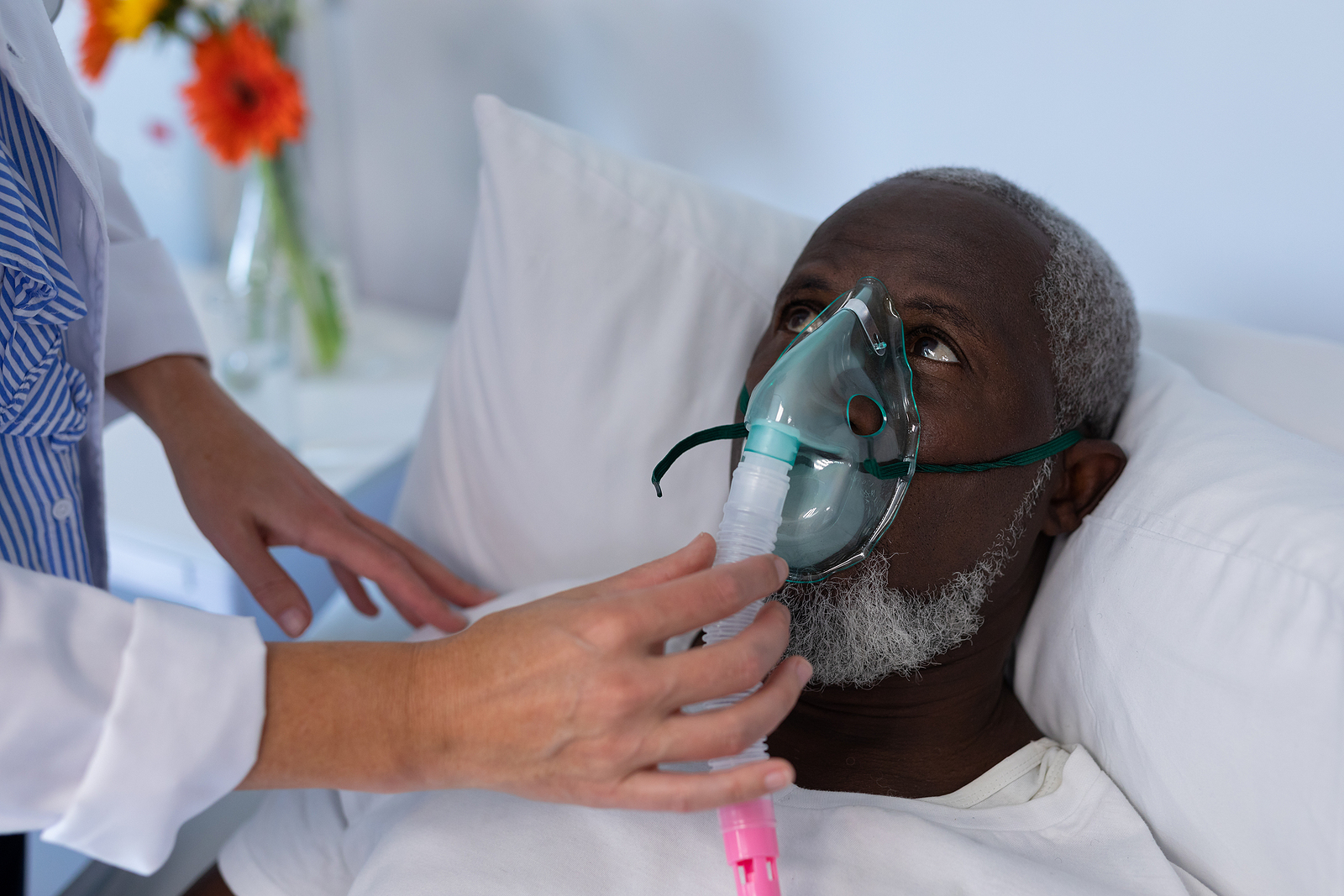Newsletter 2021
Newsletter January 2021: Anaesthesiology in Times of Pandemic: Between Anguish and Duty
Sebastian Amaya: samayac@unbosque.edu.co, María José Andrade: Mjandrade@unbosque.edu.co,
Boris Julián Pinto: pintoboris@unbosque.edu.co, María José Mateus: mmateusp@unbosque.edu.co,
Ilana Charul Palacio: ipalacio@unbosque.edu.co, Marcelino Murillo: Marcelinomurillo@hotmail.com
Abstract: The recent SARS-CoV2 pandemic has created new challenges for healthcare personnel. Among them, anaesthesiologists have assumed new dynamics of care, such as the prioritisation of care in intensive care units due to the high demand of patients requiring advanced life support, and the implementation of palliative care protocols for those patients who do not benefit from critical care support. This essay reviews some of these challenges from the perspective of the moral anguish experienced by many health care workers in Colombia when facing the enormous demand of making ethical decisions in adverse conditions for professional practice, such as the scarcity of resources, labour restrictions and saturation of the health system.
Keywords: Bioethics, coronavirus infections, anaesthesiologist, moral principles, critical care.
The SARS-CoV-2 pandemic has disrupted the practice of medicine and the organisation of health services globally. The impact of morbidity and mortality on health systems due to this disease has forced the expansion of hospital services and the redistribution of resources and professional roles, among which, the practice of anaesthesiologists has been adapted to different scenarios, such as the intervention of patients suspected or confirmed of infection by SARS-Cov-2 with security measures in the perioperative environment, teleconsultation, and support and leadership in critical care services. Although the challenge has been met with diligence, anaesthesiologists, like other health workers, in our country and in the world, have been forced to make this commitment in the midst of great moral anguish.
Moral anguish is a concept proposed by the philosopher Andrew Jameton [1], according to which, moral agents know the ethically correct actions to carry out in specific situations, but, at the same time, they encounter multiple obstacles that prevent them from making them effective, which generates psychological distress and the perception of impotence. This incompatibility between personal values and professional obligations produces moral and emotional suffering whose background is a problem that cannot be solved with the available resources [2]. Although this phenomenon was initially described in nursing professionals, it has also been recognised among physicians and other health professionals [3].
There are internal and external factors that make it difficult to implement ethically sound decisions. Among the internal restrictions, one can find the set of values, beliefs and moral preferences of the anaesthesiologist, which may conflict with external norms that generate a moral conflict. In this scenario, the legal figure of conscientious objection aims to safeguard the private morals of the professional without compromising the rights of their patients.
On the other hand, there are external factors such as health policies, organisational processes, conflicts of interest, mistrust and, in many cases, aggression by patients and family members, the lack of the necessary medical resources and personal protection equipment (PPE) that compromise both the guarantee of health and the rights of workers in the sector.
Given the multiplication of cases and the increase in morbidity and mortality from SARS-CoV-2, one of the ethical questions has been the allocation of scarce advanced life support resources to meet the need for patients with severe disease. In a context characterised by inequity in access to quality health services, health workers have been faced with the crossroads of making vital decisions without having all the necessary resources. In this scenario, various authors, from critical medicine and bioethics, have joined forces to identify a set of principles that safeguard, to the extent possible, conflicting moral obligations, and that, at the same time, minimise uncertainty and workers’ moral anguish.
These ethical principles must be translated into triage criteria and management guidelines that account for such principles. For example, in attention to the dignity of the people, the criteria of social value, disability-free survival or the consideration of chronological age as isolated allocation criteria are not acceptable [4,5]. In the same sense, the articulation of the principles of equity and utility translates into the need to combine different medical criteria that allow an objective and impartial approach to the prognostic variables derived from each decision in specific patients, through, for example, assessment using functionality scales, frailty scales, short-term survival criteria, and long-term comorbidities, among others [4,5]. The accumulated experience in the treatment of patients during these months, added to the judicious consideration of the emerging scientific evidence, has made it possible to optimise the critical management of patients with COVID-19 suffering from severe hypoxemia, multiple organ dysfunction and thromboembolic phenomena, which seems to contribute to the decrease in mortality compared to the start of the pandemic.
However, despite progress in critical care, not all critically ill patients will recover. Preserving dignity at the end of life has been a challenge in times of pandemic, given the uncertainty in the clinical course of many patients, the difficulty of implementing palliative care protocols in the context of isolation, the separation of patients and their families at the end of life and the exceptional protocols for the disposal of the corpses, which affects the process of mourning for family members.
In response to these challenges, health teams in many institutions have implemented protocols for the adequacy of therapeutic efforts in cases of irreversible multi-organ deterioration in the intensive care unit, effective communication with family members and legal representatives, promotion of the completion of documents of advance directives according to current national regulations (Resolution 2665 of 2018) and palliative sedation [6].
Among these initiatives, it is worth highlighting the Lila Code, a protocol promoted by interdisciplinary palliative care teams, including anaesthesiologists and intensive care physicians, which focuses on humanising intensive care, optimising comfort measures for the patient and their family and minimising preventable sources of suffering. This program has been adapted in some institutions in the country to the context of the pandemic [7].
Anaesthesiologists have played an important role during this emergency; however, they have also been the front-line contact of the multiple victims of the virus, in long working hours and, in many cases, in the midst of precarious working conditions, which carries emotional implications and physical exhaustion. This problem is impossible to ignore, not only because of the predisposition to medical failure but also because of the quality of life of the medical staff. Although we have, as health workers, ethical and professional duties, we, at the same time, have rights. We have shown a great capacity for sacrifice and strength in these intense months, but we are, at the same time, vulnerable beings in the face of illness, death and error. In the novel “La Peste”, by the writer Albert Camus, Dr Bernard Rieux personifies the rebellion and fortitude of a doctor in the face of the absurdity represented by the bubonic plague that devastated the city of Oran. Thus, with the same integrity, we will persist in the face of the absurdity of the COVID-19 pandemic.
References
- Jameton A. (1984). Nursing Practice: The Ethical Issues. Englewood Cliffs, NJ: Prentice-Hall
- Epstein, E.G., Delgado, S., (Sept 30, 2010) “Understanding and Addressing Moral Distress” OJIN: The Online Journal of Issues in Nursing Vol. 15, No. 3, Manuscript 1. DOI: 10.3912/OJIN.Vol15No03Man01
- Hamric, A. B., Davis, W. S., & Childress, M. D. (2006). Moral distress in health care professionals. Pharos, 69(1), 16-23.).
- Arévalo-Leal, J. S., Gómez Córdoba, A. I., Pinto Bustamante, B. J., León, N. A., Castillo Niuman, A., & Trillos Peña, C. E. (2020). Problemas éticos en la asignación de recursos escasos y cuidado intensivo en la atención de la pandemia por SARS CoV-2: Una reflexión desde los principios, criterios, derechos y deberes. Acta Médica Colombiana, 45(3). https://doi.org/10.36104/amc.2020.1952
- White DB, Lo B. A Framework for Rationing Ventilators and Critical Care Beds During the COVID-19 Pandemic. JAMA. 2020;323(18):1773–1774. doi:10.1001/jama.2020.5046
- Pahuja, M., & Wojcikewych, D. (2020). Systems Barriers to Assessment and Treatment of COVID-19 Positive Patients at the End of Life. Journal of Palliative Medicine.
- Ruiz Arias, S. A. (2018) Plan de cuidado de enfermería para el paciente al final de la vida en la Unidad de Cuidado Intensivo (Doctoral dissertation, Universidad Nacional de Colombia–Sede Bogotá).
Read More of our Monthly newsletter.
Read More of our special newsletter covering our virtual congress.
Visit our COVID-19 Resource Hub for other news and resources.











